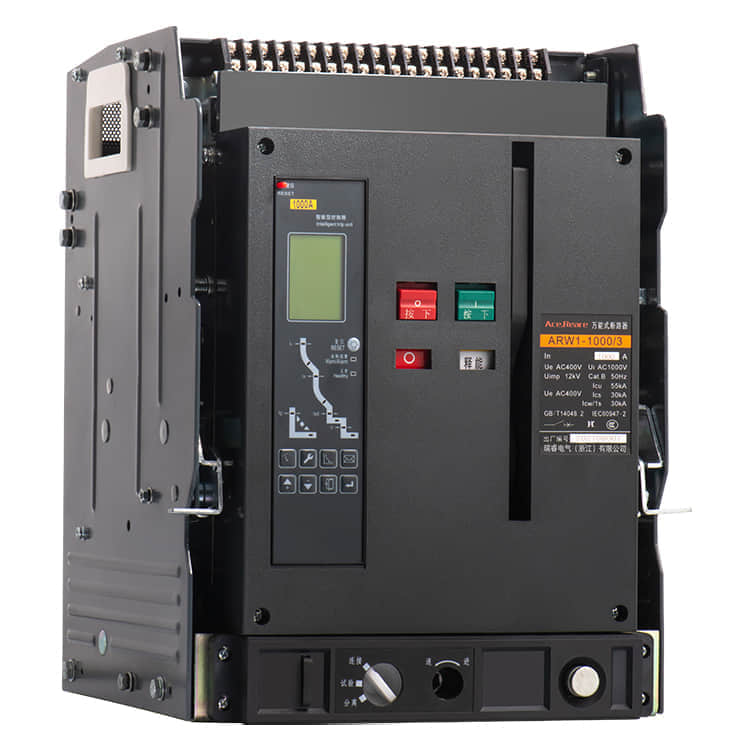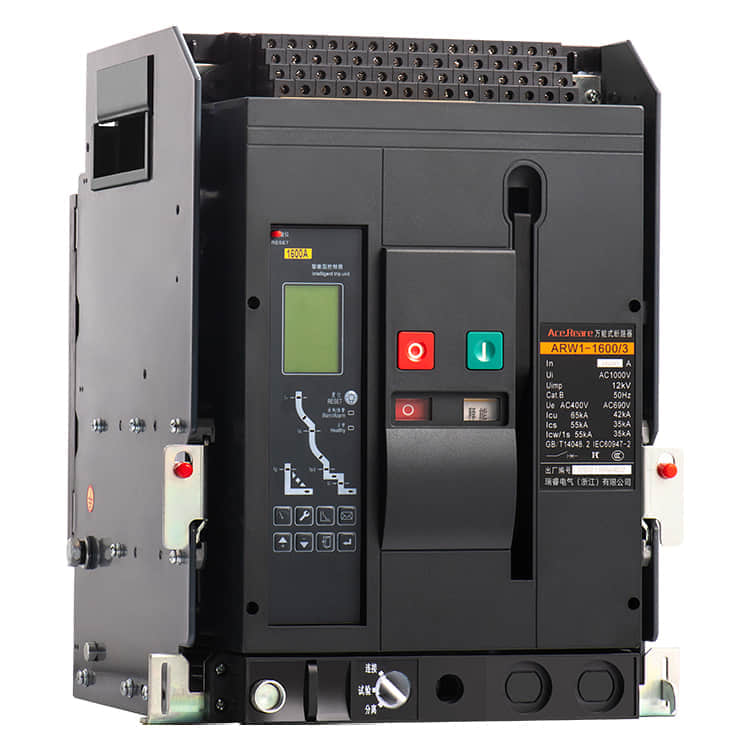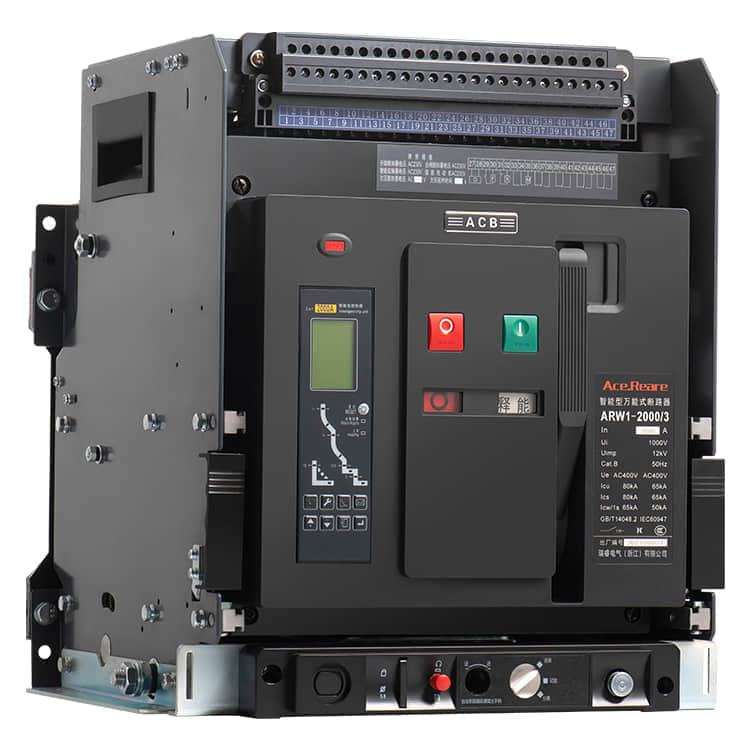ACB Breakers: A Vital Component of Electrical Systems

In the realm of electrical engineering and power distribution, circuit protection is paramount. Electrical circuits are susceptible to various faults, including overloads, short circuits, and earth faults, which can lead to costly damage or even catastrophic accidents. To safeguard against these risks, the use of Air Circuit Breakers (ACBs) has become commonplace in various industries. In this article, we will delve into the world of ACB breakers, exploring their functions, components, and the crucial role they play in ensuring the safety and reliability of electrical systems.

Understanding ACB Breakers What is an ACB Breaker? An Air Circuit Breaker, often abbreviated as ACB, is a mechanical switching device that provides protection against overcurrents and short circuits in electrical circuits. Unlike its counterpart, the molded case circuit breaker (MCCB), which is generally used for lower voltage applications, ACBs are designed for medium to high-voltage systems, making them suitable for industrial and commercial applications. The Components of an ACB Breaker ACB breakers consist of several essential components, each playing a vital role in its operation: Frame: The frame is the outer casing that houses all the internal components of the ACB. It provides mechanical strength and protection against environmental factors. Operating Mechanism: The operating mechanism is responsible for opening and closing the circuit breaker contacts. It can be manual, electrically operated, or motor-driven, depending on the application. Contacts: Contacts are the conducting elements that make or break the electrical connection within the circuit. They are typically made of copper or other highly conductive materials. Tripping Mechanism: The tripping mechanism responds to overcurrents and short circuits by quickly opening the contacts to interrupt the current flow. It is equipped with sensors and a release mechanism for precise and timely tripping. Arc Chutes: When the contacts open, an electric arc can form between them due to the high current flow. Arc chutes are designed to extinguish this arc rapidly, preventing damage to the contacts and minimizing downtime. Protection Relay: ACBs are often equipped with protection relays that monitor current, voltage, and other parameters. These relays provide selective tripping to isolate the fault while keeping the rest of the system operational. The Functions of ACB Breakers ACB breakers serve several critical functions in electrical systems: Overcurrent Protection: ACBs protect circuits from overcurrents caused by faults or excessive loads. When the current exceeds a predefined threshold, the breaker trips to disconnect the circuit. Short Circuit Protection: In the event of a short circuit, where a low-resistance path is created between conductors, ACBs swiftly interrupt the current flow to prevent further damage. Selective Coordination: ACBs can be selectively coordinated to ensure that only the breaker closest to the fault trips, minimizing downtime and disruption to the rest of the system. Earth Fault Protection: Some ACBs are equipped with earth fault protection to detect ground faults and disconnect the circuit to prevent electrical shocks and fires. Applications of ACB Breakers ACB breakers find application in a wide range of industries, including: Manufacturing: In manufacturing plants, ACBs protect machinery and equipment from electrical faults, ensuring uninterrupted production. Commercial Buildings: ACBs are used in commercial buildings to protect electrical systems and ensure the safety of occupants. Power Generation and Distribution: ACBs are a vital component of power generation and distribution systems, safeguarding transformers, generators, and transmission lines. Marine: They are employed in ships and offshore platforms to protect critical electrical systems in harsh environments. Conclusion Air Circuit Breakers are an integral part of modern electrical systems, providing essential protection against overcurrents, short circuits, and other electrical faults. Their robust design and advanced features make them suitable for a wide range of applications, ensuring the safety, reliability, and efficiency of electrical systems across various industries. As technology continues to advance, ACBs will likely evolve to meet the ever-increasing demands of the electrical power sector.
